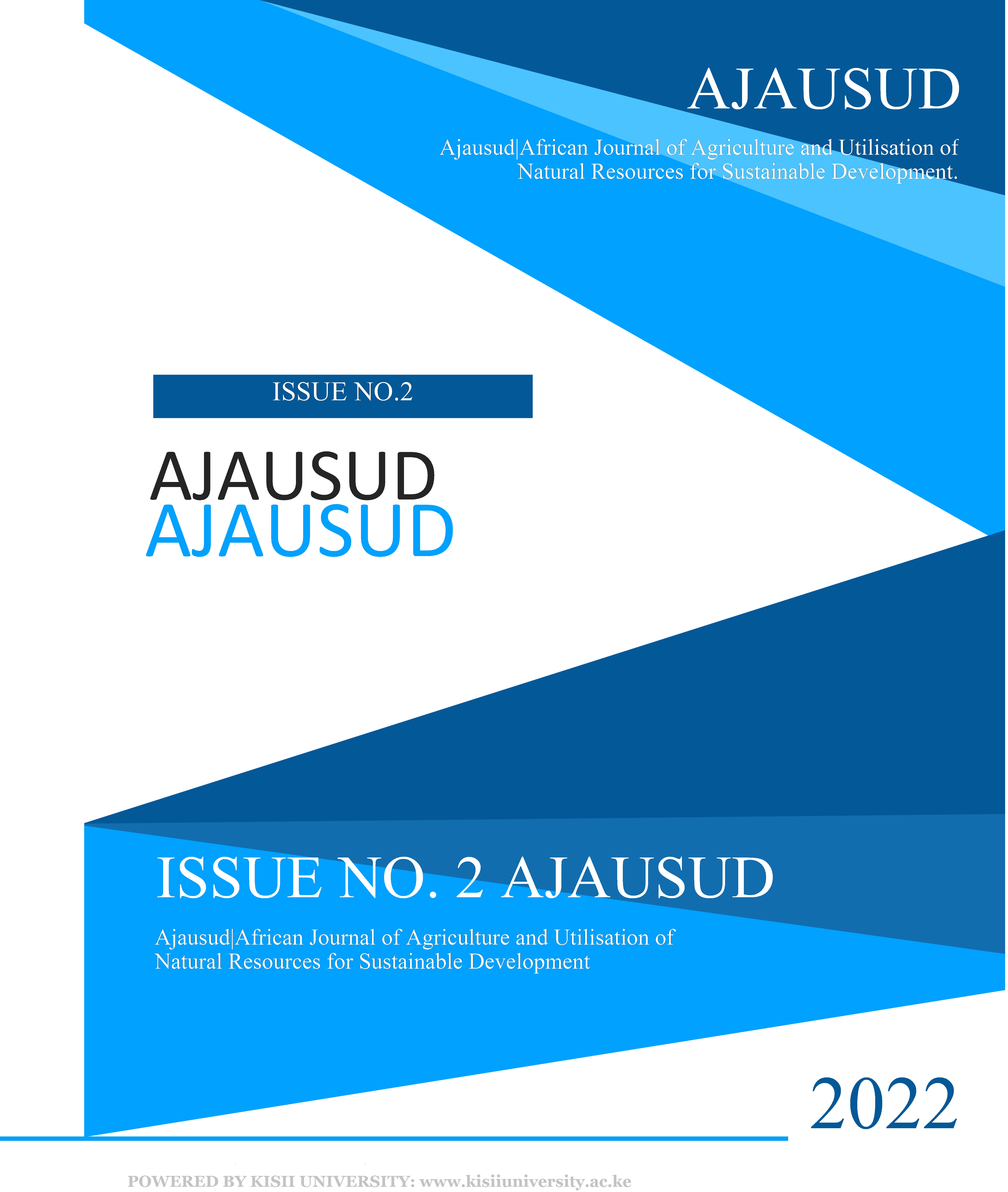Response of Tea (Camellia sinensis) to Rainfall and Temperature Patterns in Kenya
Keywords:
Rainfall, seasonal patterns, tea (Camellia sinensis), temperature, variabilityAbstract
When consumed regularly in adequate quantities, tea (Camellia sinensis [L.]) contributes significantly to human health. It has over 700 chemical compounds that participate in reducing rampant killer diseases that have no known cure. Tea is cultivated in diverse climatic conditions ranging from sea level to over 2,600 metres above sea level. Growth and productivity of tea are influenced by air temperature, soil temperature, soil moisture and solar radiation, all other factors not limiting. Seasonal differences in rainfall and temperature exist in the tea growing areas. This study was undertaken to investigate the response of rainfall and temperature to three seasonal patterns in tea genotypes in two sites in Kenya. A study was conducted in three sites with variations in weather conditions in Kenya using a split-plot design: Kangaita (0O30’S, 37O16’E, 2100 m.a.s.l.) and Kipkebe (0O17’S, 35O3’E, 1740 m.a.s.l.). Timbilil (0O22'S, 35O21'E, 2200 m.a.s.l.) was used as a reference site. Four popular tea clones in Kenya (AHP-SC31/37, EPK-TN14-3, TRFK-301/5 and TRFK-31/8) were studied. Season 1 (mid-December to March) experienced clear skies, where highest temperature values and lowest rainfall amounts were realized. In season 2 (April to August), highest amount of rainfall and lowest temperature were measured. Moderate temperature and rainfall were recorded in season 3. Two-way ANOVA (P=0.05) for split-plot design indicated rainfall and temperature were significantly different between seasons and locations. This study conformed to the seasonal patterns experienced in the tea growing regions of Kenya.


